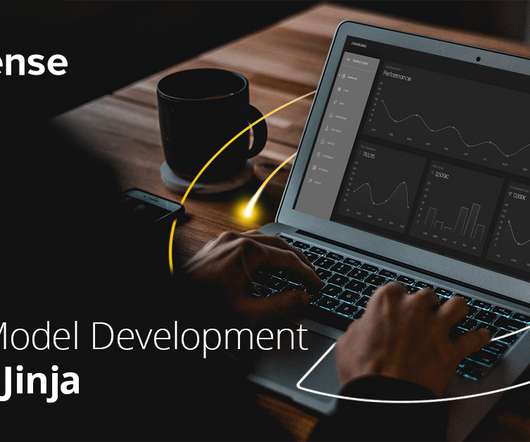Business Intelligence Solutions: Every Thing You Need to Know
FineReport
JUNE 24, 2021
However, along with the diffusion of digital technology, the amount of data is getting larger and larger, and data collection and cleaning work have become more and more time-consuming. That’s why business intelligence solutions(BI solutions) come into our minds. Business Intelligence Solutions Definition.














Let's personalize your content